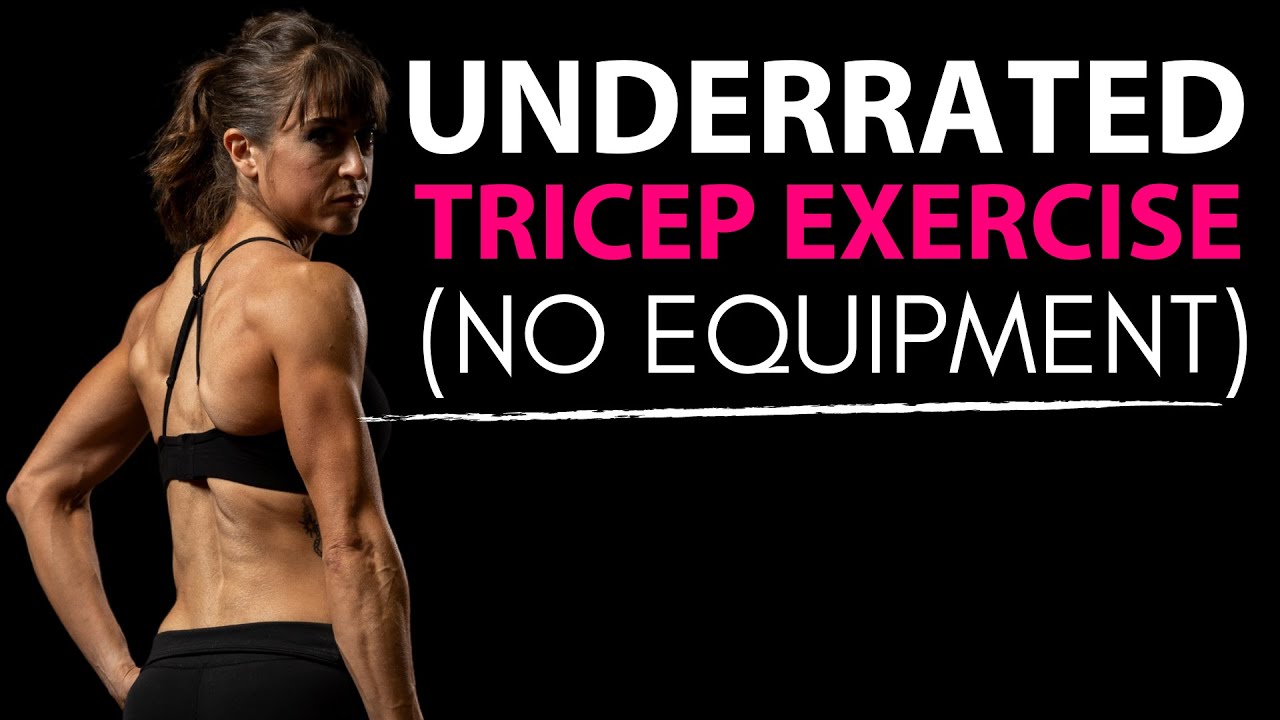
FHP 336 – STOP OVERCORRECTING
Overcorrecting…
You know when you’ve done too much of something so in an attempt to “correct” the situation you almost go overboard the other way?
Yaaaa we’ve all been guilty of it when it comes to our diet…and even our workouts….
We go on vacation. Eat “too much” on a weekend day….
So to “make up” for the overindulgence, we seek out a cleanse or try to cut our calories extra low or try to do extra cardio to burn everything off.
And I get this logic.
Trust me I do…It was my logic for the longest time.
Eat too much?
Eat less the next day and do extra cardio so the calories average out and you create more of a deficit to make up for the surplus.
Because we know that weekly, monthly, yearly averages add up.
So in theory, eating too much one day should mean eating less the other day to “make up” for it.
But it’s not that simple and that binge/restrict mentally becomes a horrible cycle.
Honestly the biggest issue is that we are telling ourselves that we are “bad” and should feel “guilty” for enjoying life and having fun.
We then PUNISH ourselves the next day.
Sure if you’re not as hungry, which you may not be after a cheat or calorie surplus, LISTEN TO YOUR BODY.
But don’t consciously restrict extra to make up for it.
Honestly, if you want the best way to move forward after a vacation or “cheat day?”
Just get right back to those healthy habits the next day.
Don’t do anything more.
JUST MOVE FORWARD.
I think the biggest mindset shift we need to have is realizing…There is nothing to correct.
You just need to get back to it.
And trying to restrict more, do extra, to make up for it leads to an overcorrection that all too often sabotages our results long term.
The more you try to restrict, often the more you mentally rebel. No one likes feeling like they’re being punished.
So stop the guilt. The restriction as punishment for having fun.
Realize it’s all a balance.
Enjoy the day and then move forward back at those healthy habits without guilt!
What we do consistently really adds up. And creating something sustainable is ultimately about our MINDSET!
To help you get right back on track, here are 3 tips:
#1: Have a plan and food prepped!
If you’re going on vacation, just know exactly what you plan to do when you come back. Have meals prepped and frozen. Or even have groceries purchased and frozen for quick prep.
But know exactly what you’re going to do to get right back on track.
Having that plan of action can help us bounce right back.
Not to mention when we almost PLAN to enjoy or know how we are planning to handle those times we may not be as consistent, it makes it so much easier to jump right back into those healthy habits.
#2: Have “comeback” ratios.
While we want to avoid anything to punish ourselves, it can be good to have ratios you “feel” like you get faster results on. This can help you jump back in to see results quickly while also not doing something in “retaliation” against yourself.
The faster we do get right back into the swing of things, the more we can minimize any “damage” that may be done.
It can help us not feel guilty and maintain that positive mindset to move forward.
So think about those ratios you feel the best on. That you FEEL like you get great results on. It may be the mental “security” you need to feel like you can strike that balance and enjoy but also know you’re going to be able to move forward with no worries!
For me these are often slightly more “cut” ratios so I can feel like I didn’t miss a beat but I also still feel fueled and fabulous and not like I’m being punished.
#3: Admit to the mindset.
Too often I think we have gotten so in the habit of something, we don’t even realize what is driving us to do it.
We don’t even realize we are overcorrecting when we are restricting the next day or wanting to slash our carbs lower or fast when we don’t normally.
We don’t realize the mindset driving us to do these things.
So I think it is good, when we find ourselves wanting to do “more,” to question what is driving our actions.
Is this because we just truly want to experiment and find a balance? Is it just us testing new things as we get everything dialed in?
Or is it that we feel “guilty” and want results faster….even knowing we can’t out exercise or out diet time truly?
Questioning our motives can be good when we’ve found ourselves in that slight binge/restrict mindset…when we know we feel guilty for eating off plan.
We want to constantly be assessing so we can learn and grow!
SUMMARY:
Use these 3 tips to help yourself avoid overcorrecting and instead just keep moving forward.
We have to remember we’re never really starting over in life…we’re just moving forward and learning as we go!




